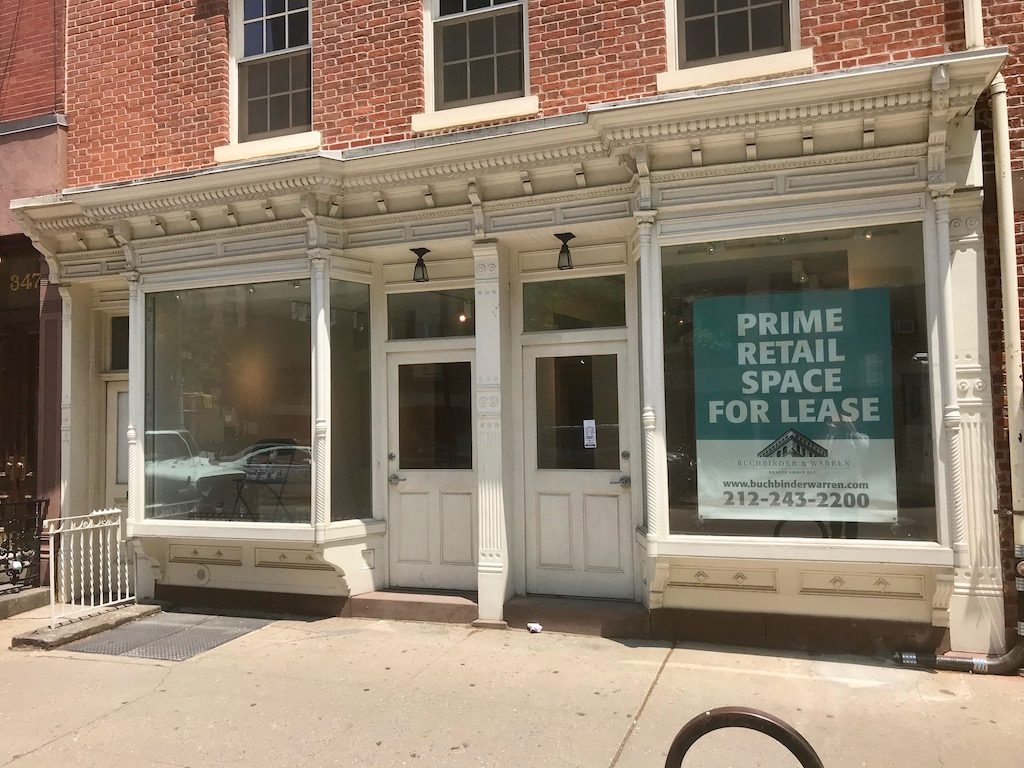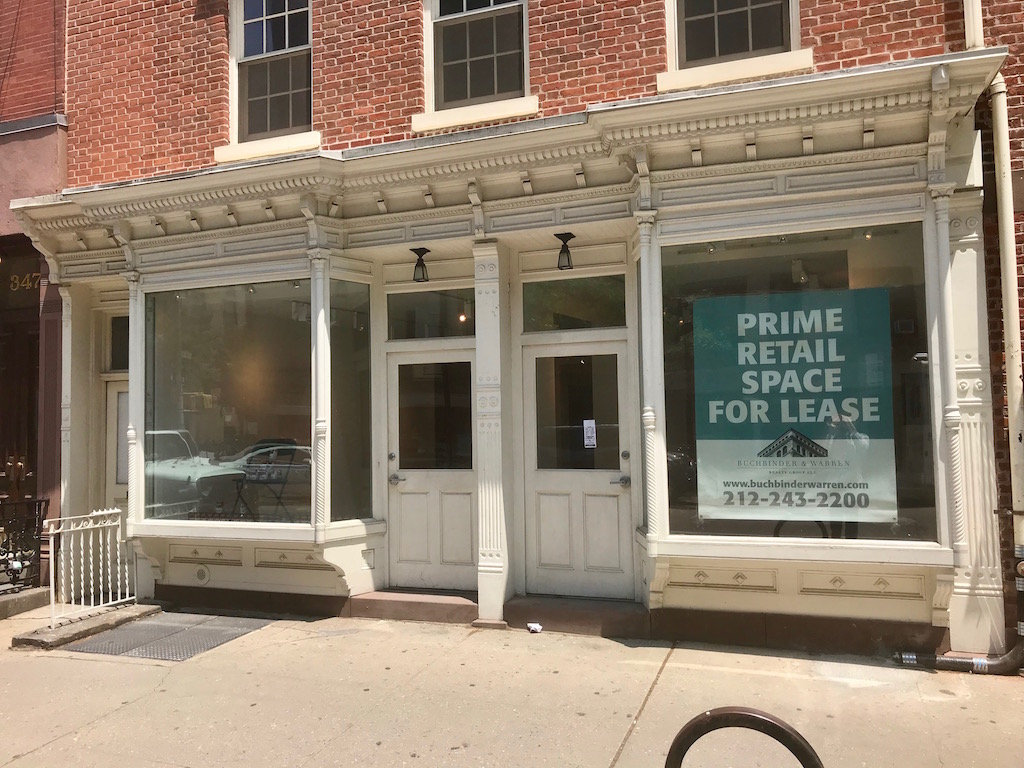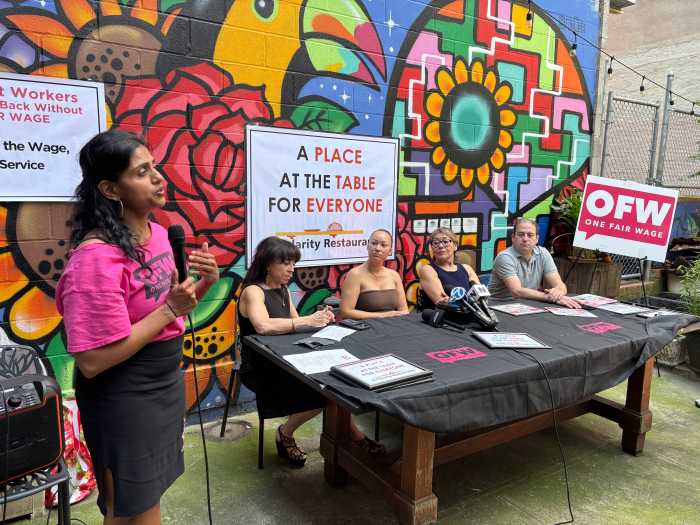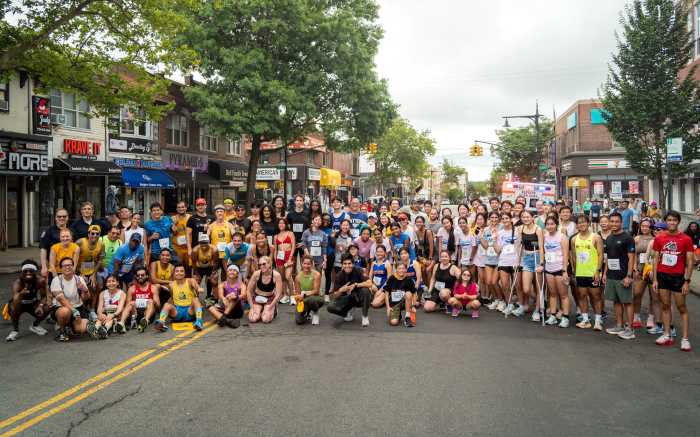BY GABE HERMAN | A report by The Greenwich Village Society for Historic Preservation found that the East Village has lower retail vacancy rates in its landmarked areas.
The results, released April 11, came from a survey of East Village retail vacancies that was done over several months last summer and fall. The survey was conducted by the East Village Community Coalition, the Cooper Square Committee, and G.V.S.H.P.
The neighborhood over all was found to have a 15 percent vacancy for ground-floor storefronts. But in the three historic districts — the St. Mark’s Historic District, E. 10th St. Historic District, and East Village/Lower East Side Historic District — there was a combined rate of just 7 percent.

Outside of the historic districts, the biggest avenues and streets were found to have high retail vacancy rates. Avenue C had 23 percent vacancy, the Bowery was at 26 percent, and 14th St. had a 31 percent vacancy, the highest rate in the survey.
“We were very pleased to see that in the landmarked parts of the East Village, retail vacancies are consistently lower than in other parts of the neighborhood,” said Andrew Berman, executive director of G.V.S.H.P. “Interestingly, it is in the parts of the neighborhood with more chain stores, like 14th St., where some of the highest retail vacancy rates can be found.”
In releasing the study’s results, G.V.S.H.P. declared that its findings countered a 2018 report by the Real Estate Board of New York. That REBNY report, which compared the West Village with Hell’s Kitchen, indicated that more landmarked properties in a neighborhood led to higher retail vacancy rates.
G.V.S.H.P. disputed some of the data in REBNY’s report, and argued it was not a comprehensive study because it compared one block in Hell’s Kitchen to three streets in the West Village.
This current report by G.V.S.H.P., according to the society, is the first neighborhood-wide survey to compare landmarked with nonlandmarked areas.
Berman said that while no study is conclusive, their results indicated that historic districts and landmarked areas are actually thriving in the current tough retail climate in the city.
“This data clearly undercuts the narrative that real estate lobbyists and others would peddle that landmarking somehow hampers or hurts small businesses,” Berman stated.
“Retail spaces in the East Village’s historic districts are largely occupied by small, independent businesses, many of whom have been there for years or even decades,” he added. “This is yet another indication of how landmarked areas of New York City are among the most stable, healthy, vibrant parts of the city; and far from hurting local residents or businesses, landmark designation can help preserve and protect what New Yorkers love most about their communities.”






























